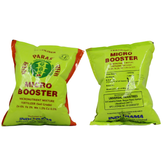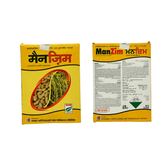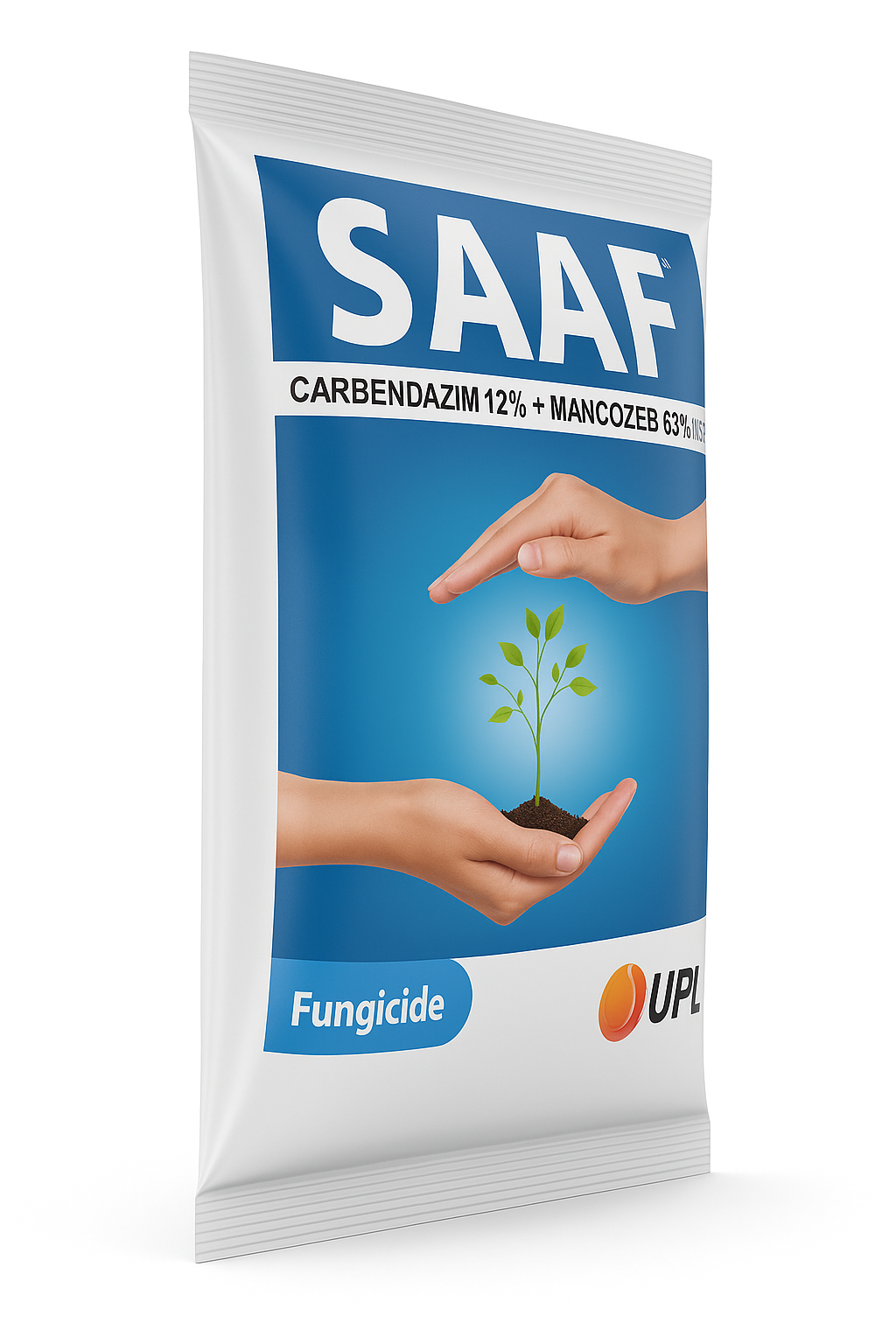A Deep Dive into Fungicides: What They Are and How to Use Them
Introduction
Use of fungicides was very important in agriculture and horticulture industries primarily due to the great danger fungal infections present to cultivated plants. Due to such types of chemical compositions, it is possible to utilize them in combating fungi growth or utilize them in preventing such fungi from killing crops and leading to high yields. Whether you are a professional farmer, a small scale residential gardener or even a person with a lot of interest and passion in plant health, it is important that you have some basic information regarding fungicides for the healthy continuation of plant life and for that you can go directly to A Beginner's Guide to Choosing High-Quality Fungicides In this large article dedicated to the subject, we will attempt to uncover what fungicides are, what types of them are there, and how to use this type of treatment in the most efficient way.
What Are Fungicides?
Pesticides are a class of chemicals that are specifically formulated to treat fungal issues that may exist in plants. They may be chemically produced or may be of natural composition, e.g., plant base or inorganic compounds. Fungal diseases attack plants and they can appear as spots on leaves, wilts, rots or any other disease that can be devastating to the health, yield, and growth of the plant.you can also obtain High quality fungicides online from Agribegri with free Home delievery. The action modes of fungicides are to inhibit the growth and development, to prevent reproduction and life cycles, and to prevent the survival of fungi. Some fungicides work effectively as they are used to prevent fungal spores from developing or making new cell walls while others prevent the generation of essential metabolic processes within the fungus.
Types of Fungicides
Fungicides are grouped under varied categories based on with the chemical structures, the mode of action or prepared types of fungi that it combats. Then are some of the main typesHere are some of the main types:
Contact Fungicides
These fungicides work by creating a class on the plant hair surface so that they limit spore germination and inability to penetrate deeper plant tissues. Applications of copper blends, chlorothalonil, and mancozeb are some of the commonly used ones.
Systemic Fungicides
Though contact fungicides exist only on the outer surface of the plant to influence the fungi, systemic fungicides penetrate to the vascular tissues of the plant and are distributed throughout the plant. Systemic fungicides can act as a preventative as well as a curative agent against the fungal diseases. Triazoles, strobilurins, and the carboxamides belong to some of the systemic fungicide classes.
Protectant Fungicides
These fungicides are applied on crops regardless of infection actuality because they're fungistatic. They create a physical barrier on the surface of the crops preventing germinations of the spores of fungi and their organization. Some of them most researched are mancozeb, chlorothalonil, and copper based fungicides.
Curative Fungicides
As the name oneminded to them indicates, curative fungicides are capable of eliminating or preventing the development of existing fungal diseases in plants. They're typically systemic and can reside translocated in factory organs to infest the fungal pathogens. Well-known classes include triazoles, strobilurins, and carboxamides.
Broad-spectrum Fungicides
There exist many fungicides that are used to offer diverseness of fungal diseases in stores and these fungicides are effective for different species of fungi. Some of them include copper rooted compounds, mancozeb and chlorothalonil.
Specific Fungicides
Special fungicides, however, are those fungicides that are designed to fight particular kinds of fungi or fungal diseases. They're utilized when one would rather fight a specific pathogen to which the antibiotic would attack. For example, there's the triazole applied in the management of fine mildew and the strobilurin applied in the control of certain leaf spot diseases.
How to Use Fungicides Effectively
Fungicides are chemicals applied to crops to prevent them from being damaged by fungi and fungal diseases that could kill the plants, lower the yield or render the produce undesirable for consumption or marketing.
There are a number of factors that are accompanied by the application of fungicides and these include Proper timing: Fungicides should be applied at the appropriate time in order for them to be effective Application methods: Proper methods of application of fungicides have to be utilized Adherence to label instructions: This requires the application of fungicides strictly as indicated on the labels. Below are some of the important points to consider:
Determine the Fungal Disease:
Before applying any fungicide, it is crucial to identify the disease that is harmful to plants you are cultivating. This will help in identifying the appropriate fungicide to apply in order to effectively choose the right treatment.
Read and Follow Label Instructions
Fungicide label is a piece of paper wherein certain elementary details regarding the fungicide are mentioned like its ingredients, suggested concentration for use, precautions while dealing with the fungicide and instructions on how the fungicide needs to be used. The steps that are to be used carefully in order to stay away from risks associated with its use and for effective performance are given below.
Timing is Key:
They are generally more efficient than the curative ones since they utilize the routine applications of fungicides. They ought to be fungicides with an early application, i.e., prior to evidence of diseases or when the disease process is at the beginning stage.
Application Methods:
Fungicides are available in numerous forms which may be used on the leaves as a spray, on the soil as a dressing, on seeds or on trunks as an injection. Use, however, a single method as the form of fungicide, age of the plant, and the infection site need to be given attention.
Coverage and Penetration:
Give a lot of coverage focus particularly for plant surface or soil in case of fungicides application. It is extremely critical that the strategic areas are properly covered and penetrated by the fungicide in order to provide the needed coverage and protection from the target funguses.
Resistance Management
Regarding resistance management, it is important to prevent repeated applications of the same fungicide, hence it is better to apply fungicides with modes of action that are distinct from the preceding application or combining fungicides with distinct active ingredients.
This approach minimizes the level of pressure that a farmer applies to the fungal communities within his/her field and hence prolongs the duration that the farmer is going to utilize the existing fungicides. Environmental Considerations:
Applying fungicides may at times have impacts on non-fungivorous organisms and even the environment. On empty aerosol cans, recycle or dispose as directed by the label, and use Integrated Pest Management (IPM) to prevent the use of chemical pesticides whenever possible.
Personal Protective Equipment (PPE):
It is advisable when in use or using fungicides that you should put on protective clothing or equipment like gloves, masks and any other PPE's indicated on the label. This can encompass goggles, face shield, hard hat, hood, and mask, boots and shoe cover, and some types of gloves.
Conclusion
Fungicides play a crucial role in managing fungal diseases which may impact the health and productivity of plants in large ways.
Readily available information about fungicide classification, fungicide action, and how to apply them help in the management and control of fungal diseases to your crops, gardens, and landscapes.If you want information about The New Era of Fungicides you can check out Agribegri Blogs and as always, some of the major take-home messages regarding fungicides include the necessity for proper fungicide application, application within label recommendations, avoiding fungicide resistance and sustainable plant health management.

















